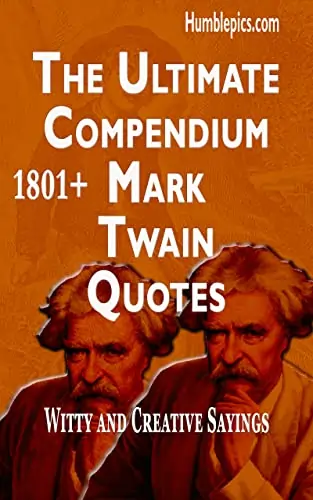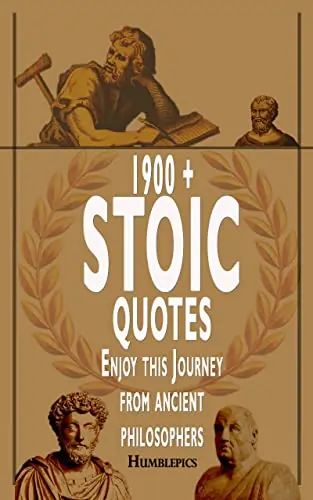What’s the difference between “raw intelligence” and “effective intelligence?” We all know people who are “book smart” but constantly make poor decisions. True intelligence isn’t a high score on a test; it’s a process.
The most effective thinkers, from investors to scientists, don’t just have more knowledge; they have better tools for thinking. They use “Mental Models” to simplify complex problems. Let’s explore five of the most powerful models you can use to make better decisions.
Mental Models
A toolkit for clearer thinking, better decisions, and avoiding stupidity.
Inversion
“All I want to know is where I’m going to die, so I’ll never go there.”
— Charlie MungerInstead of asking how to succeed, ask “What guarantees failure?” Identify the pitfalls—arrogance, bad habits—and avoid them. It is easier to avoid stupidity than seek brilliance.
First Principles
“Science is a way of thinking much more than it is a body of knowledge.”
— Carl SaganDon’t just reason by analogy (“doing what everyone else does”). Break a problem down to its fundamental truths and build up from there. This is the bedrock of innovation.
Occam’s Razor
“Simplicity is the ultimate sophistication.”
— Leonardo da VinciAmong competing hypotheses, the one with fewest assumptions is usually correct. Use this to filter out conspiracy theories and elaborate excuses. Seek the simple answer first.
Hanlon’s Razor
“Never attribute to malice that which is adequately explained by stupidity.”
— Robert J. HanlonDon’t assume bad outcomes are malicious attacks. They are usually the result of incompetence or carelessness. This saves you from unnecessary anger.
Circle of Competence
“It’s what you know for sure that just ain’t so.”
— Mark Twain (Attrib.)Smart thinking is knowing exactly what you don’t know. Draw a circle around what you deeply understand, and avoid critical decisions outside of it.
1. Mental Model: “Inversion” (Think Backwards)
“All I want to know is where I’m going to die, so I’ll never go there.” – Charlie Munger
This is the single most powerful tool for achieving a goal. Instead of asking, “How can I be successful?” the “Inversion” model asks, “What would guarantee my failure?” Make a list of all the things that would cause you to fail (e.g., procrastination, bad habits, arrogance, not sleeping). Then, simply avoid those things. It’s often easier to avoid stupidity than it is to seek brilliance.
2. Mental Model: “First Principles Thinking” (Deconstruct the Problem)
“Science is a way of thinking much more than it is a body of knowledge.” – Carl Sagan
Most people reason by “analogy” (e.g., “We’re doing this because it’s how everyone else does it”). First Principles Thinking, championed by figures like Elon Musk, is the opposite. It’s the practice of breaking a problem down to its most fundamental, “first principle” truths—the things you know are true—and building your solution up from there. This is how you innovate, while everyone else is just copying.
3. Mental Model: “Occam’s Razor” (Choose Simplicity)
“Simplicity is the ultimate sophistication.” – Leonardo da Vinci
The “Razor” states: “Among competing hypotheses, the one with the fewest assumptions should be selected.” In short, the simplest explanation is usually the correct one. This tool is a powerful filter for a complex world. It helps you cut through conspiracy theories, overly-complicated plans, and elaborate excuses. Look for the simple, direct answer first.
4. Mental Model: “Hanlon’s Razor” (Avoid Paranoia)
“Never attribute to malice that which is adequately explained by stupidity [or carelessness].”
This is less a tool for analysis and more a tool for sanity. How often do you assume someone’s mistake was a deliberate, malicious attack on you? (e.g., “They ignored my email on purpose!”). Hanlon’s Razor reminds us that most “bad” outcomes are the result of simple incompetence, disorganization, or carelessness, not a grand conspiracy against you. This model will save you a lifetime of anger and paranoia.
5. Mental Model: “Circle of Competence” (Know Your Limits)
“It’s not what you don’t know that gets you into trouble. It’s what you know for sure that just ain’t so.” – (Attributed to Mark Twain)
Popularized by Warren Buffett, this model is about intellectual humility. Smart thinking isn’t about knowing everything; it’s about knowing exactly what you don’t know. Your “Circle of Competence” is the area you deeply understand. The key is to draw that circle honestly and never make important decisions outside of it. It’s the ultimate defense against the arrogance that leads to catastrophic mistakes.
“Intelligence” is not a static trait you’re born with. It’s an active process of using the right mental tools for the right job. By practicing these models, you can learn to think smarter, make better decisions, and see the world with new clarity.
If you enjoyed this framework for better thinking, it was inspired by the full collection in our book, 401 Intelligent Quotes for Smart People.. You can find all 401 insights, categorized by theme, in our complete volume available now on Amazon.



